 XE必须具备捷豹路虎的基因特质,操纵系统的质量是其工程研发重点。
XE必须具备捷豹路虎的基因特质,操纵系统的质量是其工程研发重点。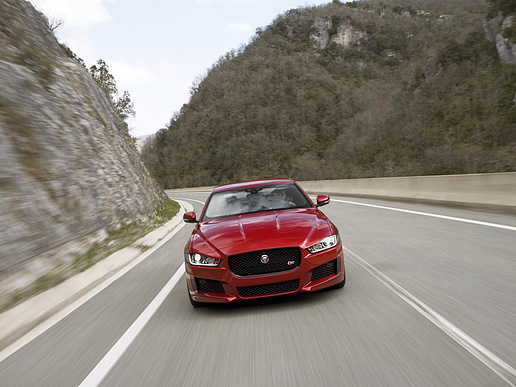 捷豹新推出的XE轿车具备独一无二的型号身份。
捷豹新推出的XE轿车具备独一无二的型号身份。 捷豹路虎的Mark Stanton解释如何根据市场营销词汇来设计XE。
捷豹路虎的Mark Stanton解释如何根据市场营销词汇来设计XE。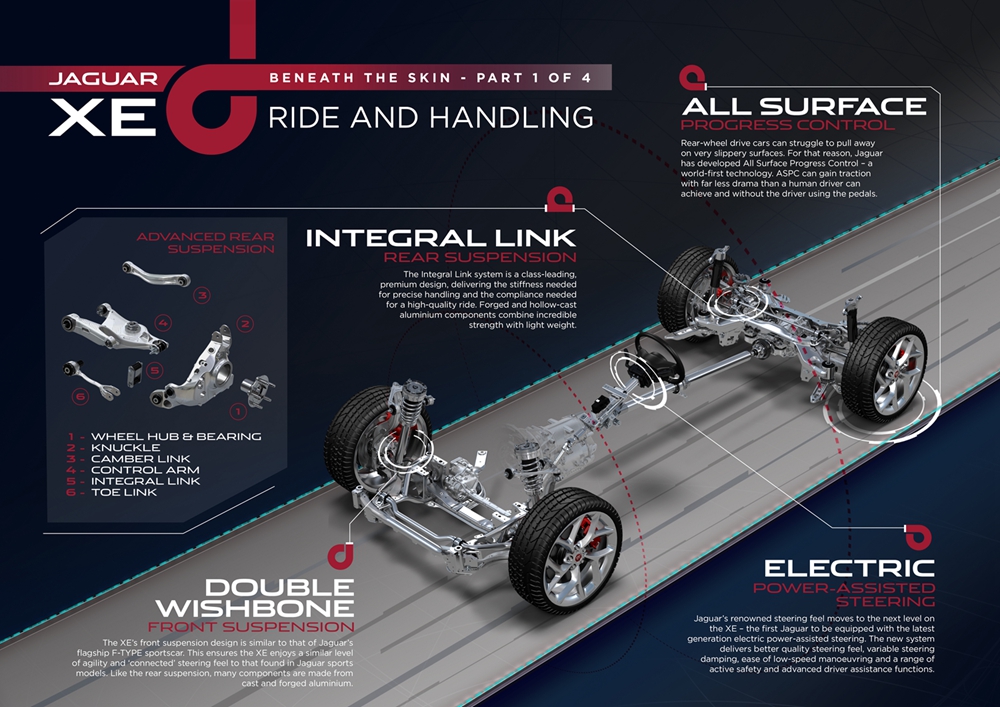 将早已确定的操纵、底盘与发动机噪音控制等特性呈现出来是,XE最重要的工程标准。
将早已确定的操纵、底盘与发动机噪音控制等特性呈现出来是,XE最重要的工程标准。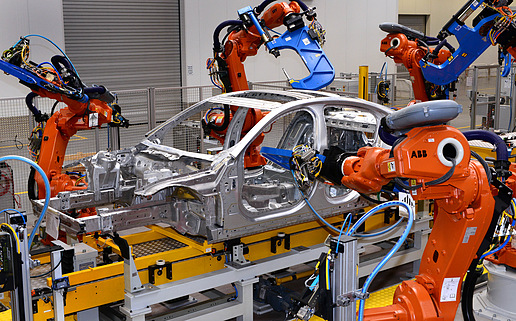 XE所使用的材料中75%为铝,但捷豹路虎将在未来的车型上使用更多的碳材料。
XE所使用的材料中75%为铝,但捷豹路虎将在未来的车型上使用更多的碳材料。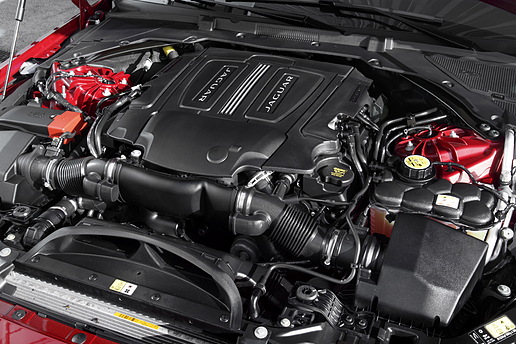 与F型跑车一样,XE的引擎盖下安装的也是3.0L V6发动机,而且它的噪音也符合要求。
与F型跑车一样,XE的引擎盖下安装的也是3.0L V6发动机,而且它的噪音也符合要求。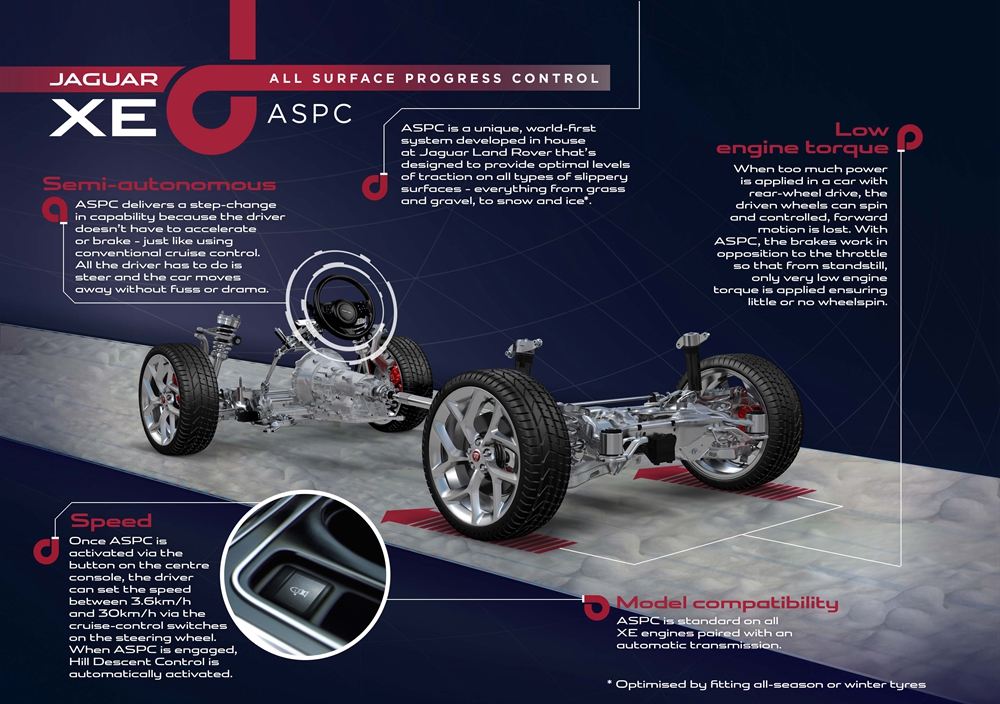 “全路况自适应控制系统”并不属于传统的捷豹基因,但用在新XE身上可谓如虎添翼。
“全路况自适应控制系统”并不属于传统的捷豹基因,但用在新XE身上可谓如虎添翼。
“我们对品牌基因的定义非常清晰,如果你能开遍所有的路虎车,你将会在每一辆车上感受到同样的特点,” 在西班牙举办的捷豹XE国际发布会上,捷豹路虎(JLR)汽车工程总监Mark Stanton对《汽车工程杂志》如是说。
这听起来似乎是在介绍捷豹是怎样为车辆设定工程、技术、设计与造型等方面的初始标准的。但事实并非如此。XE可能是捷豹历史上最重要的产品,其最初的理念(曾在http://articles.sae.org/13509/有过描述)是来自于有些缥缈的、感性的、甚至是从市场心理学角度出发而选择的关键词。
“一开始我们为XE设定了几个市场营销的关键词,而它们都不是技术或工程术语,” Stanton表示。“这么做是为了用高端的描述去定位这一新车型,捷豹想传递给客户的关键信息,这都是通过营销术语来表达的。我们先选择了 ‘优雅、空间和步伐’以及‘性能的艺术’等词语来表达这辆车的理念,然后再将其变为产品的基因。”
作为汽车工程总监,Stanton“掌管着”XE项目的所有工程特征,并能从全局考虑如何将这些词语在车辆身上变为现实。“这并不难。我们在牢记这些描述的同时,将新车型的特征像‘剥洋葱’一样层层解析,直至触及能够体现这些词语的工程指标,”他说。
Stanton和他的核心团队成员仔细考察了XE的潜在竞争者,以确保XE将能与该级别所有竞品车辆区分开来:“我们制定了目标,并经常参考捷豹的‘圣经’,因为‘圣经’是我们的基因。”
尽管要将多种特质的结合,才能构成一辆车,但Stanton仍将操纵系统视为重中之重:“它是XE的心脏与灵魂,也是将驾驶员与汽车连接起来的最重要的部分。有些人可能认为我们的电动操纵系统有些快,但它可以将我们与其他竞争车型区分开来。只要开上50米,你就知道你在开捷豹。”
捷豹将下一个工程重点放在整体的底盘性能与发动机声音上。用于两座F车型的250 kW(349hp)V6发动机可在纳瓦拉赛道上尽情咆哮,但如果采用捷豹路虎的全新2.0L Ingenium柴油发动机,那么降噪要求可就大大提高了。这个型号为AJ200D的发动机有两种功率选择:118或132kW (158或177hp)。前者的官方二氧化碳排放数字为99 g/km,搭配最佳燃油时的燃耗为百公里3.8L。
《汽车工程杂志》编辑试用后发现,这台发动机在高转速时的涡轮表现极为顺畅。“我们希望柴油发动机更具个性,而且我们打算用科技来实现这一目标,”Stanton补充道。这通常意味着要加上一个主动防噪系统,但他坚持要采用这种设计“这意味着发动机声音要更加悦耳——我们不想要任何听起来像人造的声音,声音必须自然纯正。”
在过去数十年内发展起来的一些主动防噪系统造价昂贵,结构复杂,Stanton表示:“不仅如此,而且它们不能呈现XE的纯正血统,我们的发烧友车主一定听得出来!”
新XE的另一重要特点在于重量控制——在所使用的材料中,铝占了75%的比例。减重是否已经达到极限了?但Stanton坚信,他们可以做得更好:“我们正在尝试使用各类材料的可能性,并采用高科技将其优化。使用传统钢材也不错,它在防碰撞、NVH性能、减少噪音等方面都具备良好的特性,而使用铝则不能在降噪方面有更大的效果。我们将在新车型上使用更多的混合材料,其中包括更加经济的碳材料。”
Stanton认为碳材料非常适合加强车身结构的某些部分:“捷豹路虎将在未来几年内持续为车辆减重。”
新XE的所有版本都采用了大量先进技术,其中包括捷豹新全推出的InControl信息娱乐系统,该系统可将谷歌安卓或苹果iOS智能手机与车辆连接。车辆搭载的8英寸触屏有多种模式可选,能够直接显示手机界面。而当用户通过app升级手机时,连接开放平台的XE也可以实现同步升级。Stanton认为将车载信息系统的升级与智能手机同步起来非常重要。
“不论人们是否使用高科技,他们都想先拥有这些技术。他们可能只用到其中的5%,但也不愿失去获得其余95%的机会!因此我们必须确保最终用户能够随时获取高科技,而且必须操作简便。”
当被问及捷豹路虎的中长期研发中还有哪些难题时,Stanton表示:“我们计划进行大规模扩张,未来5年内将开展65个研发项目。从广义上来说,环境保护与可持续性是我们的研究重点。这并不仅仅涉及到尾气排放,还包括与环境相关的所有问题。比如怎样确保工厂生产以及产品的处置都符合环境保护的要求。这要求我们对车辆的整个生命周期都进行分析。但是一旦电气化成为主流,那么整个局势都会发生改变。到时候我们碰到的问题就是如何生产电池,以及如何将它融入汽车生产中。”
这听上去像是在告诉我们,捷豹路虎将生产更多混合动力汽车,而Stanton肯定了这一猜测。但他并未明确表示XE将推出混合动力的版本,原因之一可能是要综合考虑目标售价范围和成本效益后再做决定。
对于发动机的小型化,Stanton表现出谨慎的态度:“小不一定意味着好;在真实的负载工况下,一台体积较大且转速相对较低的发动机可能才是正确的选择。我们想要告诉用户的是,发动机排量合理化才是关键。”当捷豹的65个研发项目开展起来以后,对市场销售们来说,无疑又多了一个激动人心的机遇。
Jaguar turns marketing speak into engineering reality for XE
“We have a very clear definition of our brand’s DNA, and if you drove all our products consecutively, you would be able to experience that through every one,”Jaguar Land Rover (JLR) Director of Vehicle Engineering, Mark Stanton, toldAutomotive Engineering at the international launch in Spain of the Jaguar XE.
This may sound like the introduction to a detailed description of how engineering and technology, in parallel with design and styling, set the initial criteria for the car. But it isn’t quite like that at JLR; the beginnings of the XE (previously described athttp://articles.sae.org/13509/), arguably Jaguar’s most important product to date, can be traced back to the slightly ethereal, emotional, even psychological world of marketing.
“It all starts with marketing words, not technical or engineering terms,” said Stanton. “It is to establish a high-level description of the character of the new car, what Jaguar stands for, and initially to do so very much in marketing terms. We take marketing speak – such as ‘Grace, Space, and Pace’ and ‘The Art of Performance’—and turn it into our DNA.”
As Director of Vehicle Engineering, Stanton “owned” all the engineering attributes of the XE project and could oversee what was needed to create a product that epitomized those words. “It was quite easy; first we peeled down the ‘onion’ of attributes of the new model while keeping the word descriptions until we reached the point of physically creating engineering metrics to deliver on those words,” he said.
Stanton and the major teams were looking carefully at the XE’s potential competitors to ensure that the emerging car would be clearly delineated from everything else in its class: “We set out all the targets, referring constantly to the company ‘bible,’ which is our DNA.”
While it is the blend of attributes that achieves what is required, Stanton puts steering at the top of the list: “It is the heart and soul of the XE and the driver’s salient connection to the car. Our electric power steering may seem a bit quick to some, but it differentiates us from the competition and through it—within the first 50 meters of driving—you know you are in a Jaguar.”
After steering, the engineering focus is on chassis performance as a whole, followed by the sound of the engine. That aural requirement is fine for the snarly 250-kW (349-hp) V6—tested on the Navarra racetrack (Circuito de Navarra)—that is shared with the two-seat F-Type, but not so easy with JLR’s new 2.0-L Ingenium diesel. Designated AJ200D, it comes with a choice of power outputs: 118 or 132 kW (158 or 177 hp); the former achieves official CO2 emissions of 99 g/km and a best combined fuel consumption of 3.8 L/100 km.
Sampled by this Automotive Engineering editor, the engine provides a smooth almost turbine note at higher revs. “We want to put even more character into our diesels, and we have plans to potentially do that via technology,” Stanton added. That usually means active noise systems, but he insisted: “Positive noise: we don’t want anything that sounds artificial, it has got to be genuine.”
Some of the active sound systems experienced over the past couple of decades have been expensive and complex, he stated: “And they did not deliver that genuine DNA character; our expert owners will know if it’s not real!”
Another key criterion of the new XE’s creation was weight control, the car using a material mix with a preponderance (75%) of aluminum. Is weight saving plateauing? Stanton is adamant that more can be done: “We are moving on with the possibilities of different grades of material, and technology is further optimizing them. Putting steel in place is no bad thing. It has such good properties regarding crash performance and NVH—damping noise. Aluminum does not damp noise anywhere near as well. There will be far more use of mixed materials on our models and that will include carbon, which is becoming less costly.”
Stanton sees carbon used “locally” in a car’s structure for reinforcement in some areas where its characteristics are ideal: “At JLR, we’ll see weight continuing to reduce at quite a pace over the next few years.”
All versions of the new sedan have plenty of technology, including Jaguar’s new InControl infotainment system, which links a Google Android or Apple iOS smartphone to the car. The XE’s 8-in touchscreen, which has many modes, is capable of presenting a phone’s content. As that phone is updated via apps, so it updates the XE’s communications capability to introduce an open platform opportunity. Keeping on-board infotainment systems in step with smartphone advances is seen by Stanton as essential.
“People want, or expect, technology whether they use it or not. They may use only 5% of its capability but would not want the remaining 95% taken away! Making access to that technology for end users is very important, and it must be easy to operate.”
Questioned about JLR’s medium- to long-term R&D challenges, Stanton explained: “Our expansion is massive; we have 65 programs in place over the next five years. The environment and sustainability top our priority list—and that is in the broadest sense. We’re not just talking tailpipe emissions, but everything in which we are involved such as ensuring that our factories and the disposal of our products meet our environmental requirements. It means total life cycle analysis. But as you start to get into electrification, the equation changes dramatically—such as the construction of batteries and how that is part of vehicle manufacture.”
This seems to indicate more JLR hybrids, which Stanton confirmed, but he did not confirm a hybrid XE, partially on the grounds of cost-effectiveness in its targeted price range.
He is very cautious about engine downsizing: “Smaller is not necessarily better; a bigger, lazier engine may be the right solution, under real work load, than a smaller [one]. Our message is all about right-sizing of engines.” That is another up-beat opportunity for the marketeers as those 65 programs emerge.
等级
打分
- 2分
- 4分
- 6分
- 8分
- 10分
平均分
